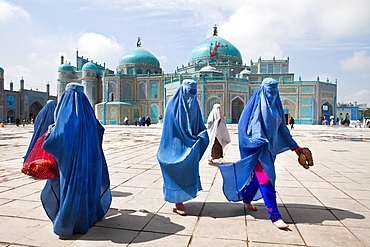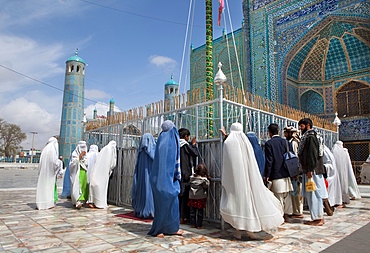Results
74 results found
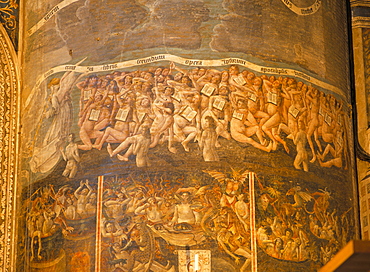
Part of huge mural of the Last Judgement, believed to be by Flemish artists dating from the late 15th century, in the nave of Ste. Cecile Cathedral, Albi, Midi-Pyrenees, France, Europe
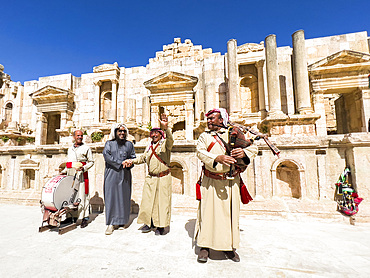
Performers at the great North Theater in the ancient city of Jerash, believed to be founded by Alexander the Great, Jerash, Jordan, Middle East
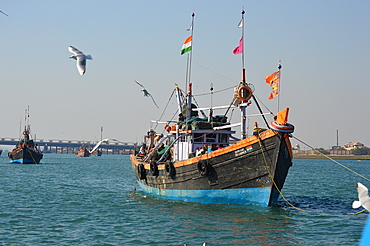
Ferry service at Okha port to Bet Dwarka, a pilgrimage destination believed to be the home of the deity Lord Krishna, Dwarka, Gujarat, India, Asia
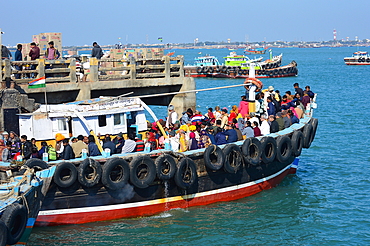
Ferry service at Okha port to Bet Dwarka, a pilgrimage destination believed to be the home of the deity Lord Krishna, Dwarka, Gujarat, India, Asia
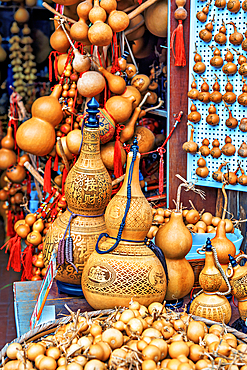
Hulus (gourd) in a shop at TunXi Ancient Street. Huangshan City, Anhui Province, China. Hulus are associated with good fortune, longevity and health, it is believed to ward off evil spirits. It is usually used to contain fluids.
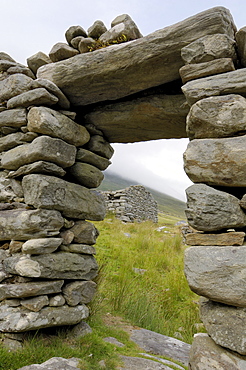
Deserted village at the base of Slievemore mountain, believed to have been abandoned during the great famine, Achill Island, County Mayo, Connacht, Republic of Ireland, Europe
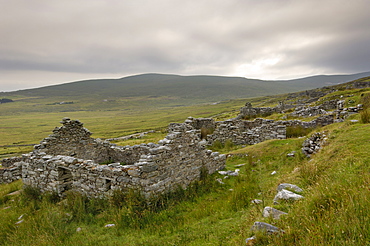
Deserted village at the base of Slievemore mountain, believed to have been abandoned during the great famine, Achill Ireland, County Mayo, Connacht, Republic of Ireland (Eire), Europe
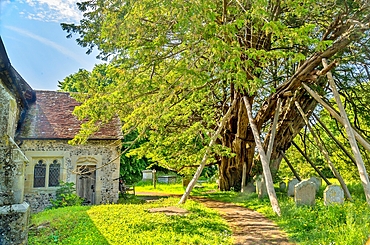
The Wilmington Yew, a yew tree believed to be at least 1600 years old, in the churchyard of St. Mary and St. Peter, Wilmington, East Sussex, England, United Kingdom, Europe
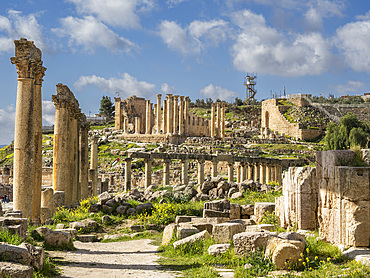
Columns in the Oval Plaza in the ancient city of Jerash, believed to be founded in 331 BC by Alexander the Great, Jerash, Jordan, Middle East
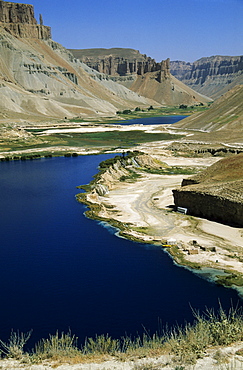
Band-i-Zulfiqar, the main lake at Band-E-Amir (Dam of the King), Afghanistan's first National Park set up in 1973 to protect the five lakes, believed by locals to have been created by the Prophet Mohammed's son-in-law Ali, making them a place of pilgrimage, Afghanistan, Asia
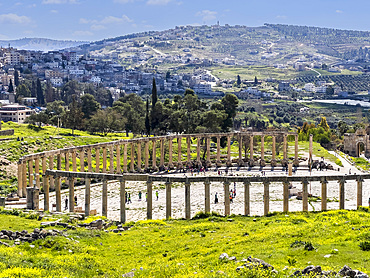
Columns frame the Oval Plaza in the ancient city of Jerash, believed to be founded in 331 BC by Alexander the Great, Jerash, Jordan, Middle East
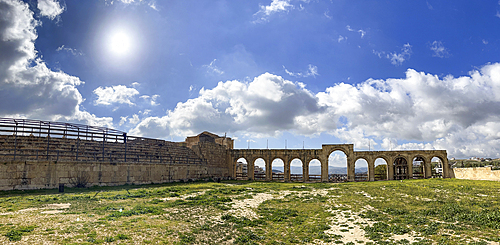
Entrance to the Hippodrome in Jerash, believed to have been founded in 331 BC by Alexander the Great, Jerash, Jordan, Middle East
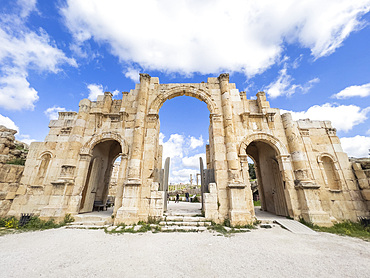
The inner entrance to the Oval Plaza, believed to have been founded in 331 BC by Alexander the Great, Jerash, Jordan, Middle East
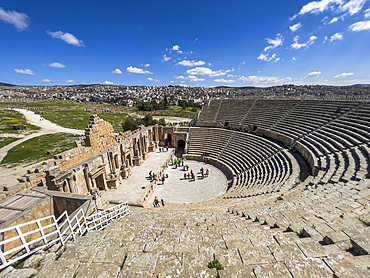
The great North Theater in the ancient city of Jerash, believed to be founded in 331 BC by Alexander the Great, Jerash, Jordan, Middle East
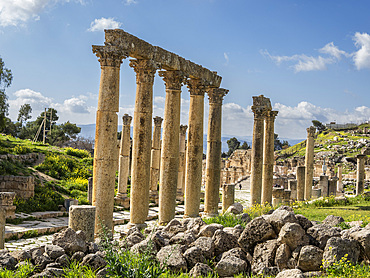
Columns in the Oval Plaza in the ancient city of Jerash, believed to be founded in 331 BC by Alexander the Great, Jerash, Jordan, Middle East
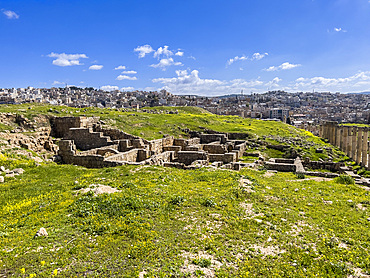
The ancient city of Jerash, believed to be founded in 331 BC by Alexander the Great, Jerash, Jordan, Middle East
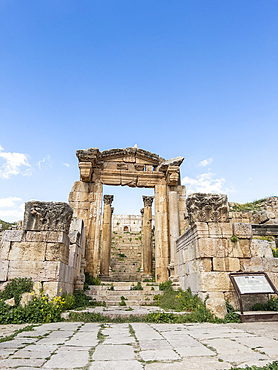
Columns in the ancient city of Jerash, believed to be founded in 331 BC by Alexander the Great, Jerash, Jordan, Middle East
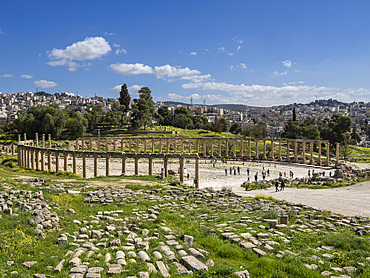
Columns in the Oval Plaza in the ancient city of Jerash, believed to be founded in 331 BC by Alexander the Great, Jerash, Jordan, Middle East
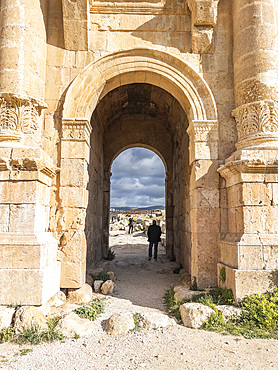
The Arch of Hadrian in Jerash, believed to have been founded in 331 BC by Alexander the Great, Jerash, Jordan, Middle East
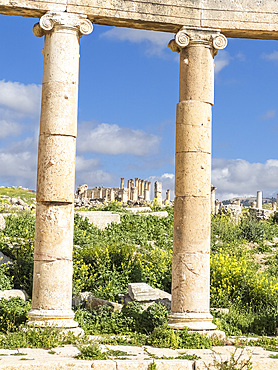
Columns in the Oval Plaza in the ancient city of Jerash, believed to be founded in 331 BC by Alexander the Great, Jerash, Jordan, Middle East
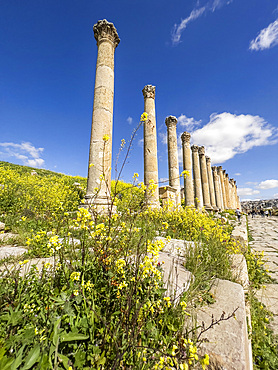
Flowers in front of columns in the ancient city of Jerash, believed to be founded in 331 BC by Alexander the Great, Jerash, Jordan, Middle East

The Arch of Hadrian in Jerash, believed to have been founded in 331 BC by Alexander the Great, Jerash, Jordan, Middle East
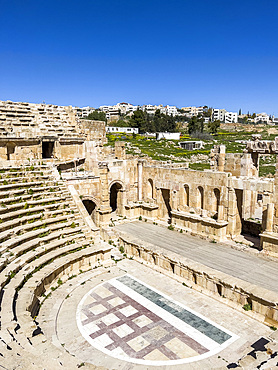
The great North Theater in the ancient city of Jerash, believed to be founded in 331 BC by Alexander the Great, Jerash, Jordan, Middle East
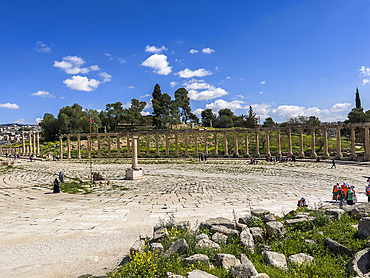
The Oval Forum and Cardo Maximus in the ancient city of Jerash, believed to be founded in 331 BC by Alexander the Great, Jerash, Jordan, Middle East

Columns in the Oval Plaza in the ancient city of Jerash, believed to be founded in 331 BC by Alexander the Great, Jerash, Jordan, Middle East
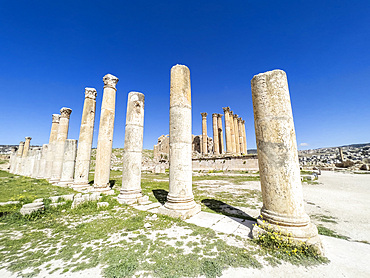
Columns frame a building in the ancient city of Jerash, believed to be founded in 331 BC by Alexander the Great, Jerash, Jordan, Middle East
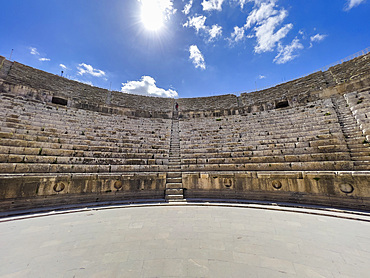
The great North Theater in the ancient city of Jerash, believed to be founded in 331 B.BC by Alexander the Great, Jerash, Jordan, Middle East
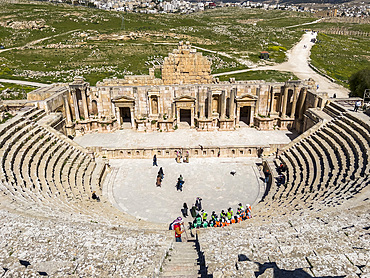
The great North Theater in the ancient city of Jerash, believed to be founded in 331 BC by Alexander the Great, Jerash, Jordan, Middle East

Columns of the Oval Plaza in the ancient city of Jerash, believed to be founded in 331 BC by Alexander the Great, Jerash, Jordan, Middle East
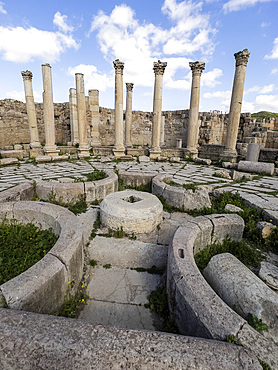
Columns in the ancient city of Jerash, believed to be founded in 331 BC by Alexander the Great, Jerash, Jordan, Middle East
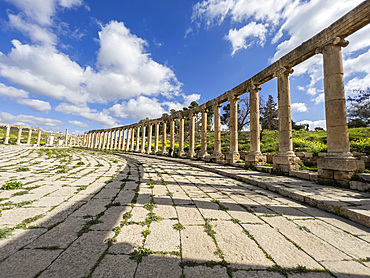
Columns in the Oval Plaza in the ancient city of Jerash, believed to be founded in 331 BC by Alexander the Great, Jerash, Jordan, Middle East
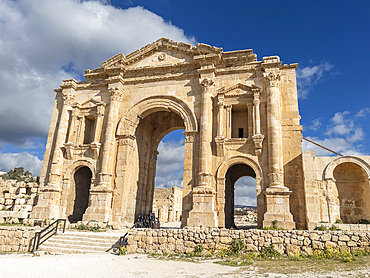
The Arch of Hadrian in Jerash, believed to have been founded in 331 BC by Alexander the Great, Jerash, Jordan, Middle East
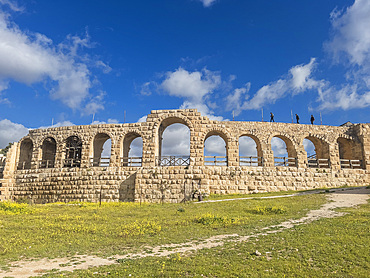
Entrance to the Hippodrome in Jerash, believed to have been founded in 331 BC by Alexander the Great, Jerash, Jordan, Middle East
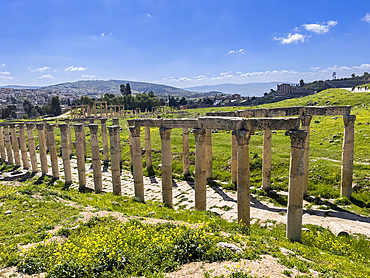
Columns line a street in the ancient city of Jerash, believed to be founded in 331 BC by Alexander the Great, Jerash, Jordan, Middle East
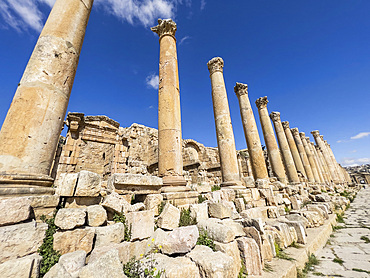
Columns in the ancient city of Jerash, believed to be founded in 331 BC by Alexander the Great, Jerash, Jordan, Middle East
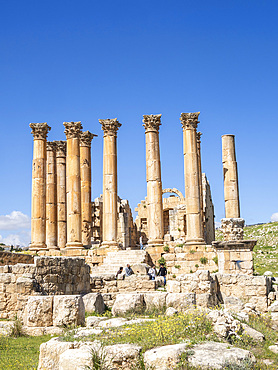
Columns in the ancient city of Jerash, believed to be founded in 331 BC by Alexander the Great, Jerash, Jordan, Middle East
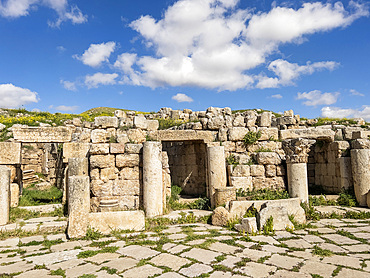
Columns in the ancient city of Jerash, believed to be founded in 331 BC by Alexander the Great, Jerash, Jordan, Middle East
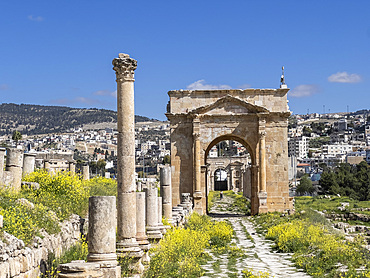
Columned archway in the ancient city of Jerash, believed to be founded in 331 BC by Alexander the Great, Jerash, Jordan, Middle East

Columns frame a building in the ancient city of Jerash, believed to be founded in 331 BC by Alexander the Great, Jerash, Jordan, Middle East
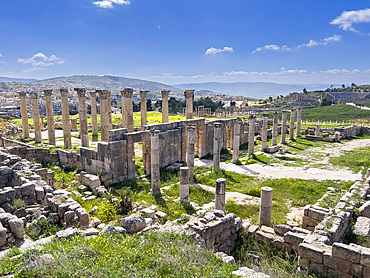
Columns frame a building in the ancient city of Jerash, believed to be founded in 331 BC by Alexander the Great, Jerash, Jordan, Middle East
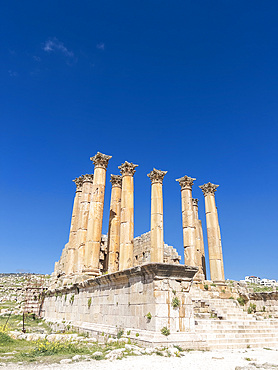
Columns frame a building in the ancient city of Jerash, believed to be founded in 331 BC by Alexander the Great, Jerash, Jordan, Middle East
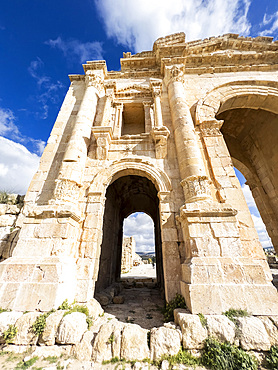
The Arch of Hadrian in Jerash, believed to have been founded in 331 BC by Alexander the Great, Jerash, Jordan, Middle East
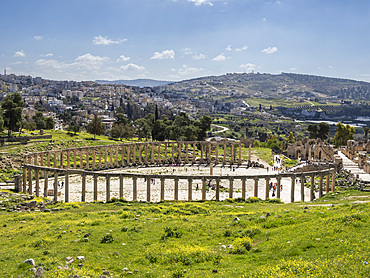
Columns in the Oval Plaza in the ancient city of Jerash, believed to be founded in 331 BC by Alexander the Great, Jerash, Jordan, Middle East
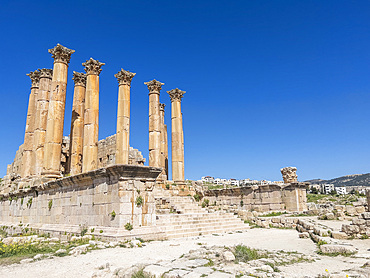
Columns frame a building in the ancient city of Jerash, believed to be founded in 331 BC by Alexander the Great, Jerash, Jordan, Middle East
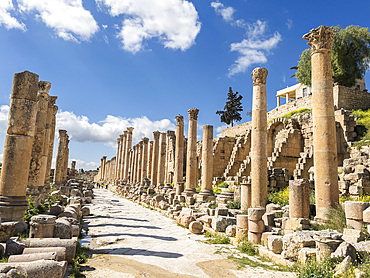
Columned archway in the ancient city of Jerash, believed to be founded in 331 BC by Alexander the Great, Jerash, Jordan, Middle East
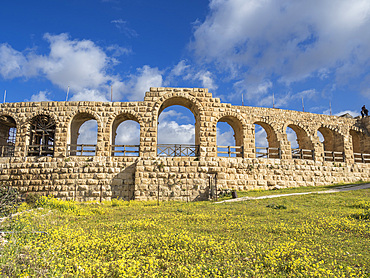
Entrance to the Hippodrome in Jerash, believed to have been founded in 331 BC by Alexander the Great, Jerash, Jordan, Middle East
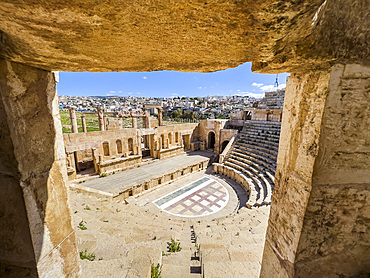
The great North Theater in the ancient city of Jerash, believed to be founded in 331 BC by Alexander the Great, Jerash, Jordan, Middle East
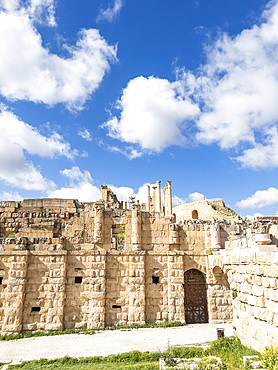
Crumbled ruins in the ancient city of Jerash, believed to have been founded in 331 BC by Alexander the Great, Jerash, Jordan, Middle East
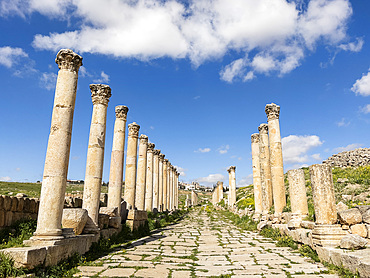
Columns in the ancient city of Jerash, believed to be founded in 331 BC by Alexander the Great, Jerash, Jordan, Middle East
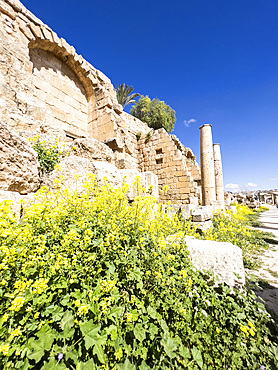
Flowers in front of columns in the ancient city of Jerash, believed to be founded in 331 BC by Alexander the Great, Jerash, Jordan, Middle East
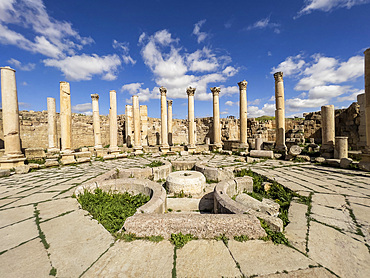
Columns in the ancient city of Jerash, believed to be founded in 331 BC by Alexander the Great, Jerash, Jordan, Middle East
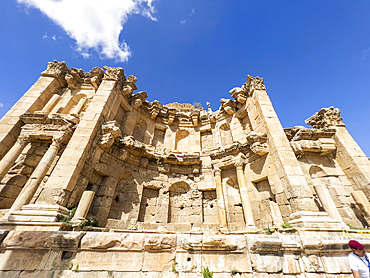
The Nymphaeum in the ancient city of Jerash, believed to be founded in 331 BC by Alexander the Great, Jerash, Jordan, Middle East
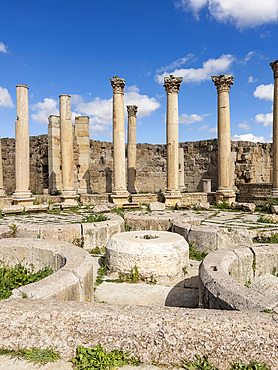
Columns in the ancient city of Jerash, believed to be founded in 331 BC by Alexander the Great, Jerash, Jordan, Middle East
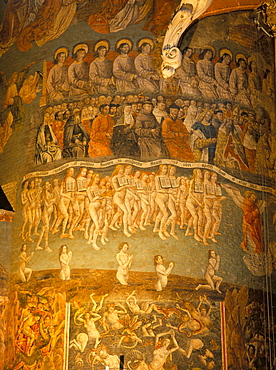
Part of huge mural of the Last Judgement, believed to be by Flemish artists dating from the late 15th century, in the nave of Ste. Cecile Cathedral, Albi, Midi-Pyrenees, France, Europe
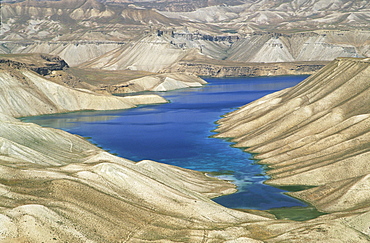
One of the crater lakes at Band-E-Amir (Dam of the King), Afghanistan's first National Park set up in 1973 to protect the five lakes, believed by locals to have been created by the Prophet Mohammed's son-in-law Ali, making them a place of pilgrimage, Afghanistan, Asia
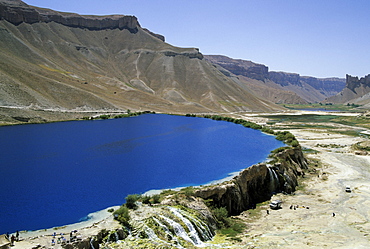
Band-i-Zulfiqar, the main lake at Band-E-Amir (Dam of the King), Afghanistan's first National Park set up in 1973 to protect the five lakes, believed by locals to have been created by the Prophet Mohammed's son-in-law Ali, making them a place of pilgrimage, Afghanistan, Asia
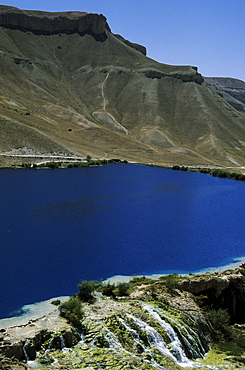
Band-i-Zulfiqar, the main lake at Band-E-Amir (Dam of the King), Afghanistan's first National Park set up in 1973 to protect the five lakes, believed by locals to have been created by the Prophet Mohammed's son-in-law Ali, making them a place of pilgrimage, Afghanistan, Asia
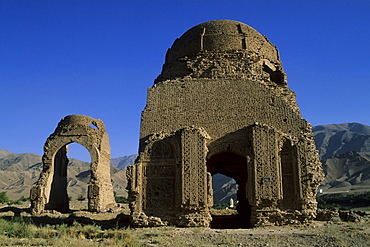
Ghorid (12th century) ruins, believed to be a Mausoleum or Madrassa, Chist-I-Sharif, Afghanistan, Asia
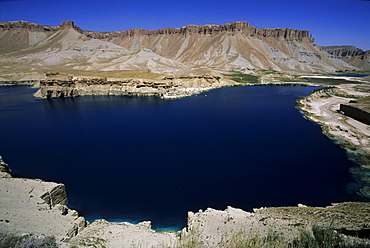
Band-i-Zulfiqar, the main lake at Band-E-Amir (Dam of the King), Afghanistan's first National Park set up in 1973 to protect the five lakes, believed by locals to have been created by the Prophet Mohammed's son-in-law Ali, making them a place of pilgrimage, Afghanistan, Asia
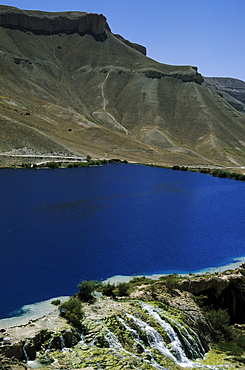
Band-i-Zulfiqar, the main lake at Band-E-Amir (Dam of the King), Afghanistan's first National Park set up in 1973 to protect the five lakes, believed by locals to have been created by the Prophet Mohammed's son-in-law Ali, making them a place of pilgrimage, Afghanistan, Asia
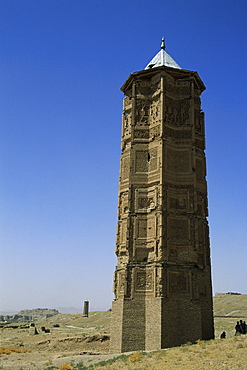
The minaret of Bahram Shah, one of two minarets built by Sultan Mas'ud III and Bahram Shah with square Kufic and Noshki script, that served as models for the minaret of Jam, and believed to have originally been part of mosques, Ghazni, Afghanistan, Asia
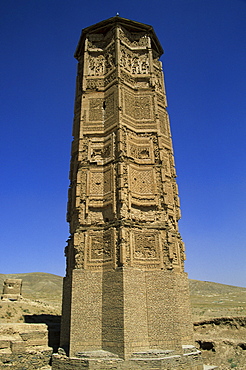
The minaret of Sultan Mas'ud III, one of two minarets built by Sultan Mas'ud III and Bahram Shah with square Kufic and Noshki script, that served as models for the minaret of Jam, and believed to have originally been part of mosques, Ghazni, Afghanistan, Asia
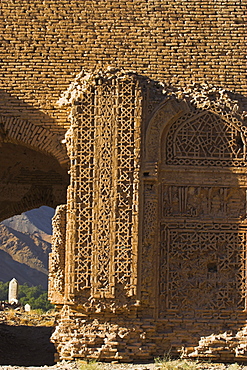
Twelfth century Ghorid ruins believed to be a mausoleum or madrassa, Jam to Obay, Chist-I-Sharif, Ghor (Ghur) (Ghowr) province, Afghanistan, Asia
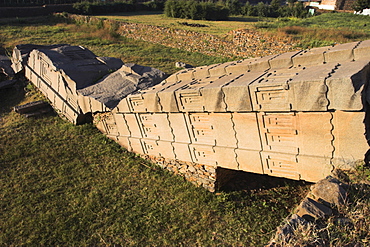
The Great Stelae, 22m, believed to be the largest single stone block humans have tried to erect, Northern Stelae Park, Aksum, UNESCO World Heritage Site, Ethiopia, Africa
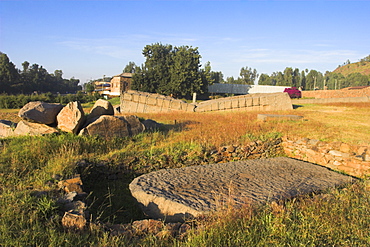
The Great Stelae, 22m, believed to be the largest single stone block humans have tried to erect, Northern Stelae Park, Aksum, UNESCO World Heritage Site, Ethiopia, Africa
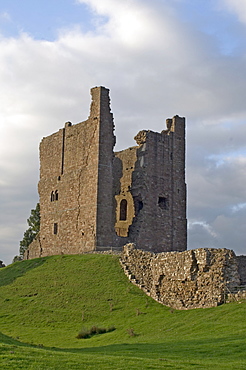
The keep, Brough Castle, dating back to the 11th century, believed to be the first stone built castle in England, and built within the earthworks of a Roman fort, Cumbria, England, United Kingdom, Europe
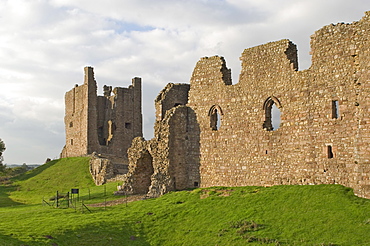
Brough Castle, dating back to the 11th century, believed to be the first stone built castle in England, and built within the earthworks of a Roman fort, Cumbria, England, United Kingdom, Europe
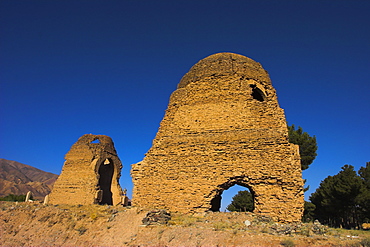
Chist-I-Sharif, Ghorid (12th century) ruins believed to be a mausoleum or madrassa, Ghor (Ghur) (Ghowr) Province, Afghanistan, Asia
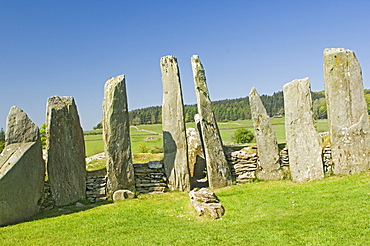
Chambered cairn at Cairnholy, the area in front of the wall and Sentinel Stones is believed to have been for worship or communal purposes, near Creetown, Dumfries and Galloway, Scotland, United Kingdom, Europe
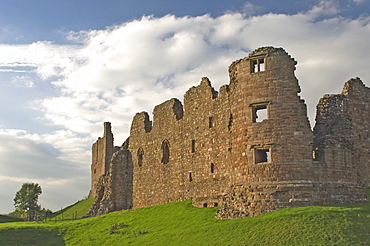
Brough Castle, dating back to the 11th century, believed to be the first stone built castle in England, built within the earthworks of a Roman fort, Cumbria, England, United Kingdom, Europe
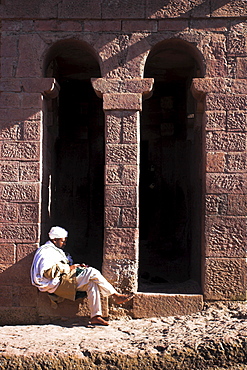
Pilgrim sits in early morning sun reading his Holy Bible at entrance doors to Bet Maryam church (St. Mary's), believed to be the oldest rock hewn church in Lalibela, UNESCO World Heritage Site, Lalibela, Ethiopia, Africa
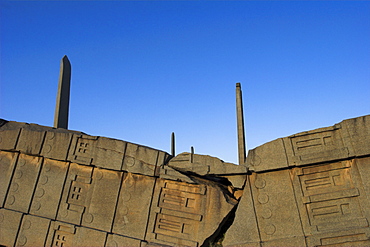
The Great Stelae, 22m, believed to be the largest single stone block humans have tried to erect, Northern Stelae Park, Aksum, UNESCO World Heritage Site, Ethiopia, Africa
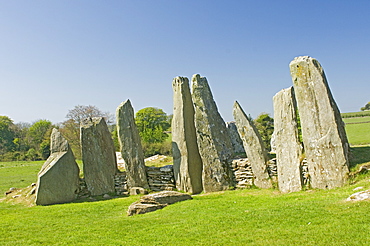
Chambered cairn at Cairnholy, the area in front of the wall and Sentinel Stones is believed to have been for worship or communal purposes, near Creetown, Dumfries and Galloway, Scotland, United Kingdom, Europe
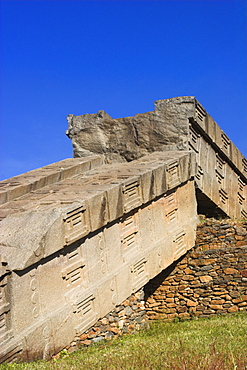
The Great Stelae, 22m, believed to be the largest single stone block humans have tried to erect, Northern Stelae Park, Aksum, Ethiopia, Africa
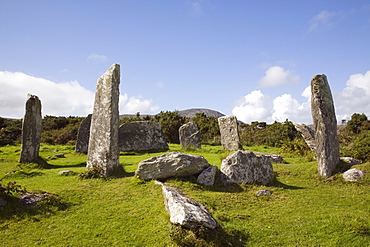
Derrintaggart West stone circle, megalithic site on Beara Peninsula, believed to have been built between 1500 and 500BC, Castletown, County Cork, Munster, Republic of Ireland, Europe
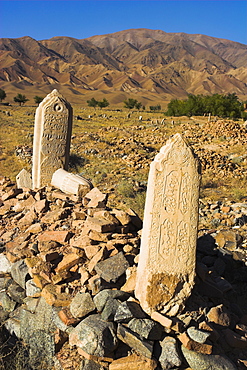
Tombs near Ghorid (12th century) ruins believed to be a mausoleum or madrassa, Chist-I-Sharif, Ghor (Ghur) (Ghowr) province, Afghanistan, Asia
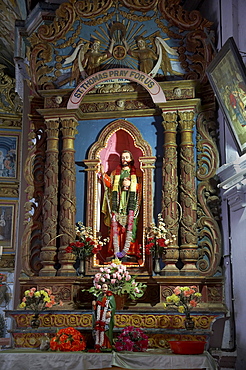
India. Pilgrimage to malayattoor, a hill which saint thomas the apostle is believed to have climbed around 55 ad, leaving his footprints at the top. It is a major pilgrim centre for christians as well as hindus and moslems, who believe the trip can cure them of physical and mental disease. Kerala. Statue of thomas in the lower church

His holiness the 17th gyalwang karmapa. Following the death of hh dalai lama, it is believed that 17th karmapa with take hold of the seculare reign. Kalachakra initiation in bodhgaya, india
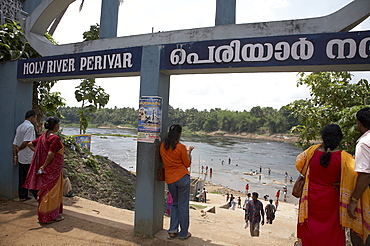
India the peryar river, where thomas landed before climbing mount malayattoor. Pilgrimage to malayattoor, a hill which saint thomas the apostle is believed to have climbed around 55 ad, leaving his footprints at the top. It is a major pilgrim centre for christians as well as hindus and moslems, who believe the trip can cure them of physical and mental disease. Kerala
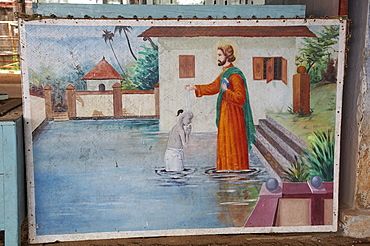
India. Saint thomas baptising a brahmin in the periyar river. Pilgrimage to malayattoor, a hill which saint thomas the apostle is believed to have climbed around 55 ad, leaving his footprints at the top. It is a major pilgrim centre for christians as well as hindus and moslems, who believe the trip can cure them of physical and mental disease. Kerala
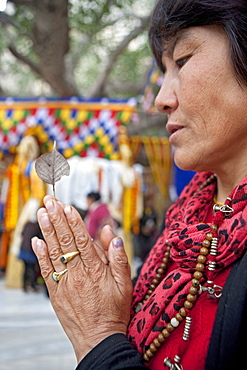
Bhutanese pilgrim holds leaf of bodhi tree as she meditates. It is believed that gautam buddha attained unsurpassed, supreme enlightenment under the bodhi tree in bodhgaya. Kalachakra initiation in bodhgaya, india
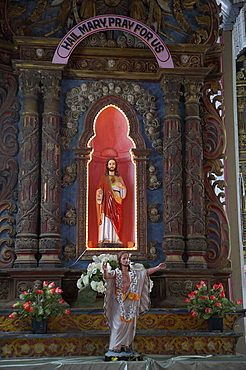
India. Pilgrimage to malayattoor, a hill which saint thomas the apostle is believed to have climbed around 55 ad, leaving his footprints at the top. It is a major pilgrim centre for christians as well as hindus and moslems, who believe the trip can cure them of physical and mental disease. Kerala. Statue of jesus in the lower church
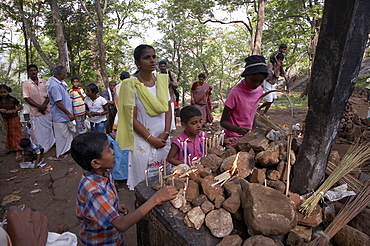
India. Faithfiul at a station of the cross during the pilgrimage to malayattoor, a hill which saint thomas the apostle is believed to have climbed around 55 ad, leaving his footprints at the top. It is a major pilgrim centre for christians as well as hindus and moslems, who believe the trip can cure them of physical and mental disease. Kerala
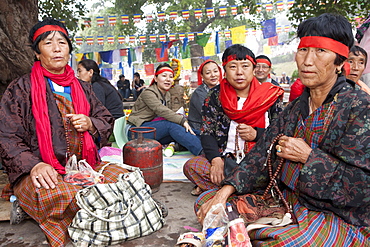
Bhutanese pilgrims meditate under bodhi tree. It is believed that gautam buddha attained unsurpassed, supreme enlightenment under this bodhi tree. Kalachakra initiation in bodhgaya, india

Shark cartilage pills on display, once believed to prevent cancer, this product has no demonstraed health benefit, Busan aquarium, Busan, South Korea, Asia

Adult blue whale (Balaenoptera musculus) surfacing in the middle Gulf of California (Sea of Cortez), Mexico. The blue whale is currently believed to be the largest animal to have ever lived on Earth.
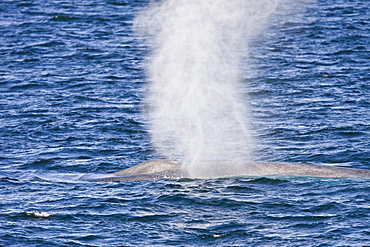
Adult blue whale (Balaenoptera musculus) surfacing in the middle Gulf of California (Sea of Cortez), Mexico. The blue whale is currently believed to be the largest animal to have ever lived on Earth.
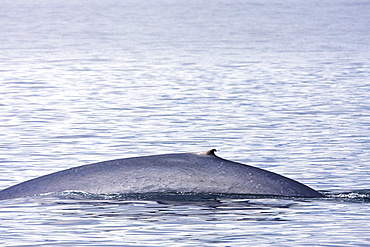
Adult blue whale (Balaenoptera musculus) surfacing in the middle Gulf of California (Sea of Cortez), Mexico. The blue whale is currently believed to be the largest animal to have ever lived on Earth.

Adult blue whale (Balaenoptera musculus) surfacing in the middle Gulf of California (Sea of Cortez), Mexico. The blue whale is currently believed to be the largest animal to have ever lived on Earth.
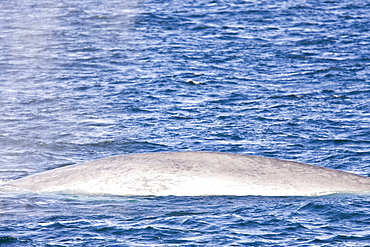
Adult blue whale (Balaenoptera musculus) surfacing in the middle Gulf of California (Sea of Cortez), Mexico. The blue whale is currently believed to be the largest animal to have ever lived on Earth.
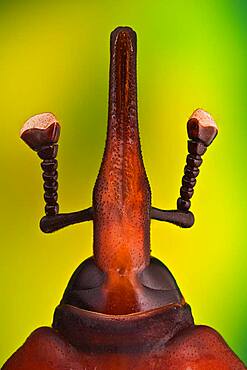
Rhynchophorus ferrugineus or red palm weevil; it is killing all palm trees in Spain, originary from South east Asia it is believed it came to Spain in some imported palm trees from Egypt
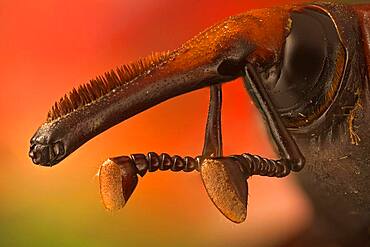
Rhynchophorus ferrugineus or red palm weevil; it is killing all palm trees in Spain, originary from South east Asia it is believed it came to Spain in some imported palm trees from Egypt
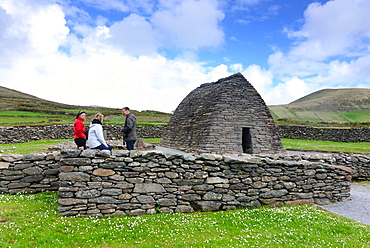
Gallarus Oratory, believed to be an early Christian church, Dingle peninsula, Kerry, West coast, Ireland
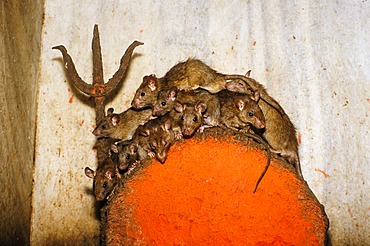
Rats of the Karni Mata Temple are believed to carry the souls of dead sadhus until their next reincarnation, Deshnok, Rajasthan, India, Asia
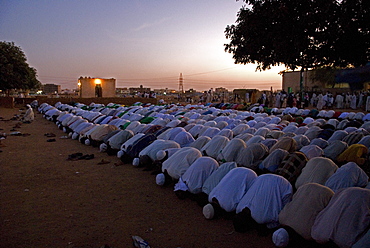
Every Friday dervishes gather an hour before sunset in front of Sheikh Hamed al-Nil tomb in Omdurman, Sudan to perform a ritual called Zikr (Dhikr). The ceremony starts chanting words of gratitude to the Prophet Mohammed. The audience interacts with the chanters, dancing to the rhythms of the percussion instruments. The dervishes start whirling around. The music, the fragrance of burning incense, the endless repetition of religious chants creates a state of ecstasy, a kind of trance in which human soul is believed to communicate directly with God.
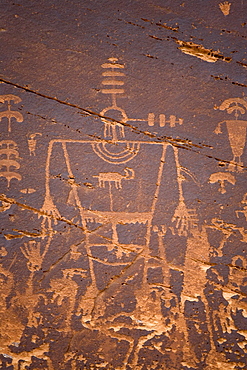
These Butler Wash Petroglyphs along the San Juan river are excellent examples of Indian petroglyphs. The large, square-shouldered figures are believed to be Kachinas, or gods, who are given rank by the stripes over their heads and may be seen to be giving speeches by the sound waves marked beside their heads.

Every Friday dervishes gather an hour before sunset in front of Sheikh Hamed al-Nil tomb in Omdurman, Sudan to perform a ritual called Zikr (Dhikr). The ceremony starts chanting words of gratitude to the Prophet Mohammed. The audience interacts with the chanters, dancing to the rhythms of the percussion instruments. The dervishes start whirling around. The music, the fragrance of burning incense, the endless repetition of religious chants creates a state of ecstasy, a kind of trance in which human soul is believed to communicate directly with God.
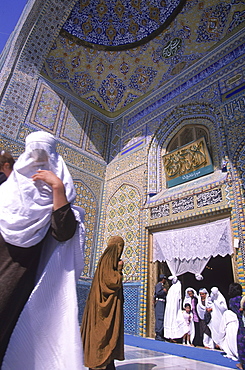
Women in burqas flock like doves to the entrance of the main mosque at the Blue Mosque complex, Mazar-i-Sharif, Balkh Province, September 23, 2002. Wednesday mornings are reserved for women to come and worship at the mosque.Elaborate tilework and decorated spires adorn the mosque, also known as the Shrine of Hazrat Ali (Hazrat Ali was the son-in-law of the prophet Mohammed), who is believed to be buried here. The shrine, of particular importance for Afghanistan's Shi'ite Muslims, was first built in the 12th century, destroyed by Genghis Khan, and rebuilt in 1481. The current mosque, considered by some to be one of the most beautiful in Central Asia, is a modern restoration.
